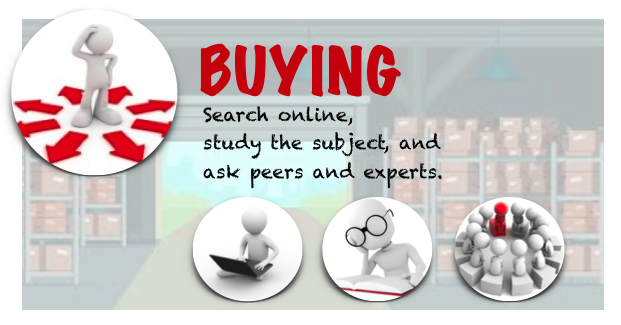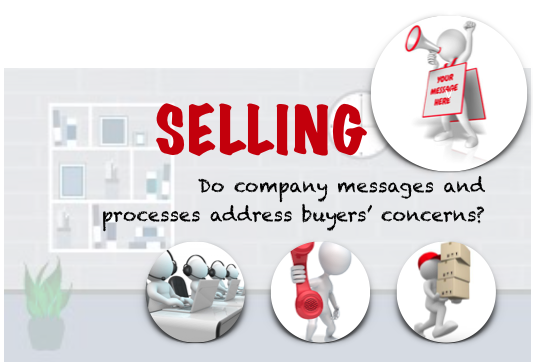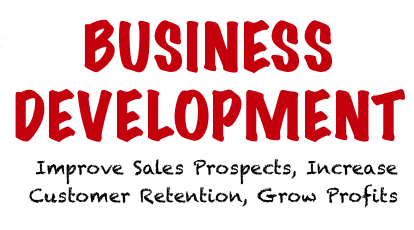The Simple Version of MIT's LRM: Use Business Development to Sell the Way You Buy.
Lead Response Management (LRM) is the latest term for managing leads as an organization, except this time inbound leads are the focus. The benefits of the research are undeniable; however, the same marketing department conflicts with sales teams continue to prevent companies from meeting their prospects’ expectations. Departmental stereotypes prevent progress: marketing forwards unqualified leads to justify their efforts (e.g. newsletter opens) while sales reps continue to respond poorly complaining about lead quality (e.g. introduction emails and maybe a phone call if you’re lucky). A business development team or person can create the marriage between marketing’s content and sales’ lead conversion that enables a company to sell in a way that would meet their own expectations when they’re the customer.

70% of Purchasing Decisions are Pre-sales
- B2B customers today progress more than 70% of the way through the decision-
making process before ever engaging a sales representative. 2017 B2B Buyer’s Survey Report
- Roper Public Affairs and the Customer Content Council surveyed 1,005 adult Americans in March 2011. They found that 74% said “they prefer to get information about a company in a collection of articles, rather than in an ad.
- 59% of marketers say inbound produces the highest quality leads for their sales team. (HubSpot State of Inbound, 2019)
89% of Buyers Choose WIFM Business Cases
89% of B2B buyers state that winning vendors “provided content that made it easier to show ROI and/or build a business case for the purchase.”
- Response Timeliness
- Strongest Knowledge of Solution Area & Business Landscape.

- Insights About Company & Needs


Business Development is the liason between marketing and sales departments. A proper business development program includes credible digital content that empathizes with buyer issues, lead nurturing throughout the sales cycle, and lead response management that converts marketing leads into sales prospects for better resource management.
Aligning marketing and sales operations improves sales and profits by capturing long-term prospects in addition to responding quickly to the short-term ones. Marketing and sales departments need business development to respond quickly to leads for marketing, and to cultivate leads until they’re prospects for sales.
Search, blogging, and social media are all accessible to any size business to create content and have people find your product and/or service and solutions on the Web. "Inbound marketing has presented a shift of resources especially within small companies, where the ROI is often much greater than hiring outside agencies to draw attention to the brand." Inc. Magazine, Jul. 2011 While B2B e-commerce has exploded and migrating from legacy systems to online platforms has been daunting for small and medium-sized businesses, working solutions depend on people-oriented and organizational initiatives. Not being able to afford full-fledged inbound marketing software is no excuse for not adapting to buyer expectations. The Econsultancy Conversion Rate Optimization Report states that the top three reasons for successful online lead conversion are:
- Perceived control.
- Having someone directly responsible.
- Incentivizing staff.
Hiring interns or freelancers is a solution to initiate small-scale inbound marketing campaigns.
Contact us to learn more about how a business development program can help marketing understand the sales process better to improve content and response times, and take responsibility for prequalifying and nurturing leads until they are ready for sales rep interactions.
